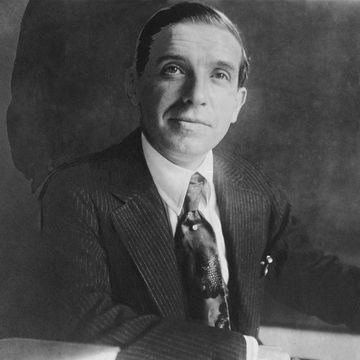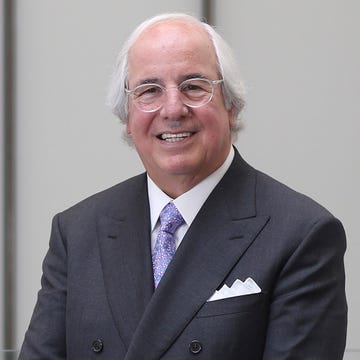10 Infamous Con Artists Who Grifted Their Way Into History
Charles Ponzi, Anna Delvey, and Amanda Riley turned misguided trust into personal gain, but their schemes couldn’t last forever.

We may earn commission from links on this page, but we only recommend products we back.
Technological advancements over the last two centuries have led to dramatic changes in the way consumers exchange money. Not surprisingly, the same goes for con artists and their attempts to make a quick windfall.
While the actions of swindlers like George C. Parker and Charles Ponzi have long been a part of the cultural lexicon, the emergence of the internet and digital currency has given rise to social media scammers like Belle Gibson and Amanda Riley as well as crypto hustler Sam Bankman-Fried. Their exploits have caused real harm and become the subject of popular podcasts and movies as observers have tried to understand their unscrupulous methods.
Here’s a look at 10 notorious con artists and how they got caught.
Tyler Piccotti joined the Biography.com staff as an Associate News Editor and is now the News and Culture Editor. He previously worked as a reporter and copy editor for a daily newspaper recognized by the Associated Press Sports Editors. In his current role, he shares the true stories behind your favorite movies and TV shows and profiles rising musicians, actors, and athletes. When he's not working, you can find him at the nearest amusement park or movie theater and cheering on his favorite teams.


Sam Bankman-Fried

What Happened to Billy McFarland After FYRE Fest?

The True Story of ‘Killers of the Flower Moon’

Elizabeth Holmes

















